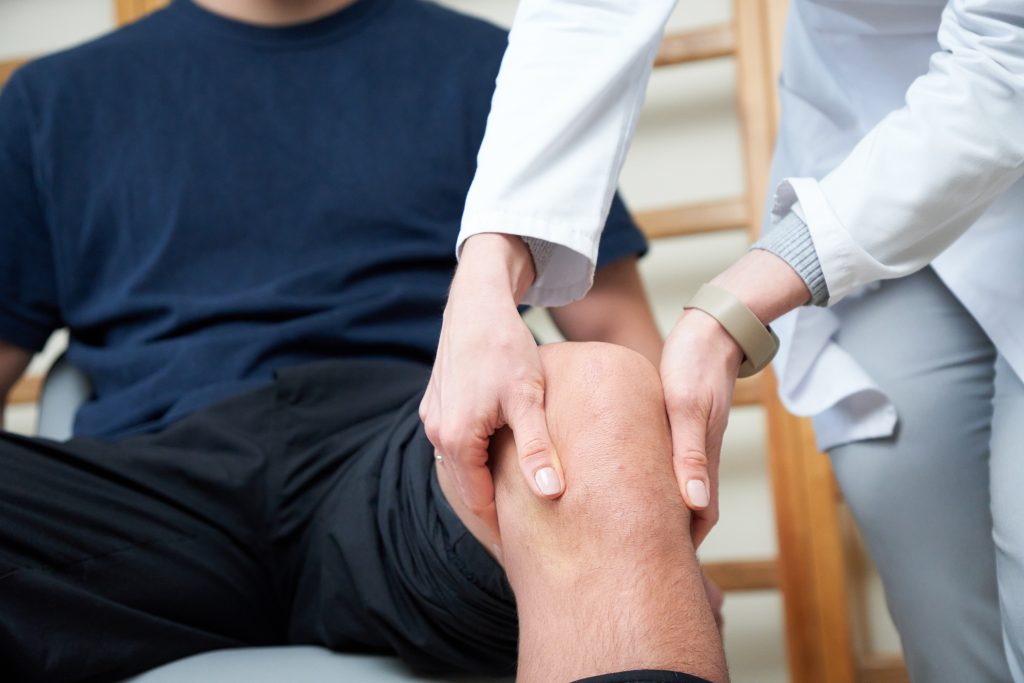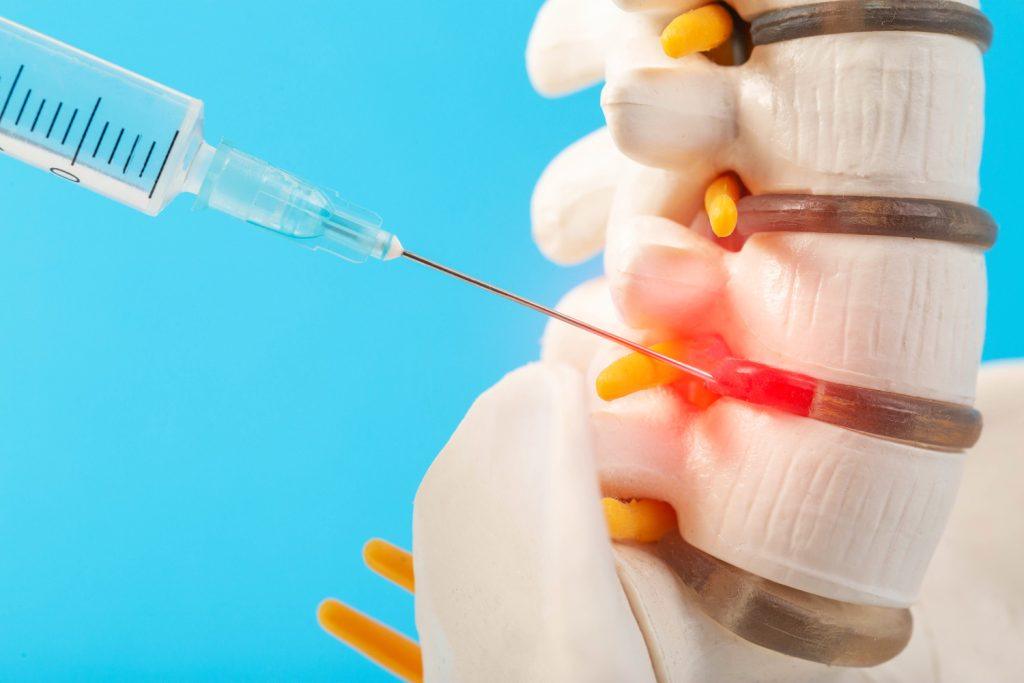ACL Repair to Total Knee Replacement: Comprehensive Knee Surgery Guide

Knee injuries and other problems can result from sports accidents, slip-and-falls, car crashes, and other traumatic incidents. Others can recover with rest, medication, and therapy. However, severe cases would need surgeries, such as ACL repair and total knee replacement to heal from a knee injury.
In this blog, we will discuss everything you need to know about knee replacement surgery and other knee repair options. You’ll learn what happens during an ACL repair or total knee replacement, as well as when to seek each one.
If a knee injury requires surgery, you’ll need to find the right healthcare provider who can give you trusted and compassionate surgical services. That’s who we are here at Surgery Consultants of Florida. Continue reading to learn more about our team.
What Usually Causes ACL Injuries?
Anterior cruciate ligament (ACL) tears usually happen very fast and often without any warning. These knee injuries commonly occur when the knee gets pushed or twisted in the wrong way, which can tear or damage your ACL, one of the key ligaments supporting the knee joint. Here are some of the common causes:
- Suddenly changing direction or stopping while playing sports
- Landing awkwardly from a jump
- Direct hits or falls during contact sports or other physical activities
- Car accidents that force the knee into an unnatural angle/position
- Poor balance or weak muscles that affect joint stability
- Not warming up or stretching properly before a workout or other physical activity
- Overusing the knee, which leads to faster wear and tear
In many cases, patients will need orthopedic knee surgeries, such as knee ligament surgery. As indicated by the common reasons above, athletes are more prone to knee injuries. This means that they are the ones who most often need sports injury knee treatment and other ACL injury treatment options.
What is ACL Repair?
An ACL repair, also called ACL reconstruction, is needed when a torn ACL causes knee pain, swelling, and movement issues. This knee surgery helps restore movement, improve stability, and strengthen the ligaments, making it an important part of modern orthopedic care for knee injuries.
How ACL Repair is Done
An orthopedic doctor performs this joint surgery using a small camera and special tools. It usually involves replacing the torn ligament with a graft from your own body. Doctors can extract it from your patellar tendon or hamstring. In some cases, donor tissue is used instead. Usually, patients can go home the same day after the operation.
When Do You Need It?
ACL surgery, one of the most common orthopedic knee procedures, is needed if your knee feels very weak or unstable. Among the signs indicating the need for this knee reconstruction include popping sounds, sharp pain, and daily movement difficulties.
What is Total Knee Replacement Surgery?
Joint damage can cause severe pain, as well as serious movement problems and other health issues. If this happens, you’ll need a total knee replacement. While ACL repair focuses on torn ligaments, knee joint replacement is used for worn cartilage and bone. This more extensive knee operation is often recommended for advanced and long-term damage.
What to Expect from Total Knee Replacement
During a knee replacement, the surgeon will remove damaged bone and cartilage and replace them with metal or plastic parts. This creates a smooth surface for movement. In some cases, cartilage repair is included in the operation. For additional support, a knee brace is used and physical therapies are advised. Orthopedic surgery recovery takes longer than ACL repair healing.
Signs You Need Total Knee Replacement
Knee replacement surgery is needed when the pain is too much to handle and you can no longer move your knees. People with arthritis, severe knee injuries, and extreme wear and tear are the ones who usually need it.
Total Knee Replacement Risks
If you read any knee surgery guide articles, you’ll know that knee replacement comes with risks. That’s why doctors consider knee replacement alternatives before recommending it. Among the risks it poses are infection, stiffness, and clots. But, with proper surgical recovery planning, you can reduce the risk inherent in knee replacement.
Getting Ready for ACL Repair and Total Knee Replacement
Before surgery, you need to make preparations to ease stress and ensure a smoother recovery. Whether it’s an ACL repair or a total knee replacement, taking the right steps can lead to better healing and prevent problems later.
How to Prepare for ACL Repair
- Do a short round of pre-operation physical therapy.
- Build strength and flexibility before the knee ligament repair by doing light exercises.
- Complete imaging scans to confirm the tear and assess the knee joint damage.
- Talk with your orthopedic surgeon about the steps of the surgery, healing, and activity limits.
- Stop taking certain medicines, if advised.
- Arrange help at home and plan for limited movement after surgery.
How to Prepare for Total Knee Replacement
- Do blood tests and X-rays to guide the knee surgery options.
- Attend a pre-op class to learn about anesthesia, devices, and care.
- Use therapy before surgery, if needed, for better joint support.
- Set up your home to support easy movement during post-surgery rehab.
- Buy items like walkers or raised chairs ahead of time.
- Talk about pain control and knee pain treatment plans.
Both of these knee surgeries require time, effort, and commitment. Having a clear plan will help you lower the risks of complications, as well as make orthopedic surgeon visits smoother.
Other Types of Knee Surgeries
Not all knee problems require a total knee replacement or ACL repair. Other patients need more focused procedures depending on the damaged area. Here are some other types of knee surgeries you might need:
- Partial knee replacement: replaces only the damaged part of the joint instead of the whole knee
- Meniscus tear surgery: trims or repairs torn cartilage that cushions the joint
- Patellar tendon repair: fixes a torn tendon that connects the kneecap to the shinbone
- Cartilage damage treatment: restores worn or torn cartilage that helps bones move smoothly
These procedures are less invasive than full replacement surgeries. Each of them treats specific knee injuries by reducing pain, improving mobility, and delaying complications.
Surgery Consultants of Florida: Helping You Recover From Knee Injuries
At Surgery Consultants of Florida, we provide trusted care that can help you recover from knee injuries. Whether you need ACL repair or a total knee replacement, our team is always ready to assist you with your medical needs.
For the past 30 years, our surgeons have been conducting different knee operations to provide optimum recovery results. We also provide full-service care, which includes rehabilitation planning, therapy, and pain relief options.
We don’t just treat orthopedic injuries; we guide patients through every step of the recovery. To start your healing journey, call us today and book your consultation.
Warning: urlencode() expects parameter 1 to be string, array given in /www/wwwroot/surgeryconsultantsofflorida.com/wp-includes/formatting.php on line 5693

